Easy FAT Paint Tutorial
August 10, 2017
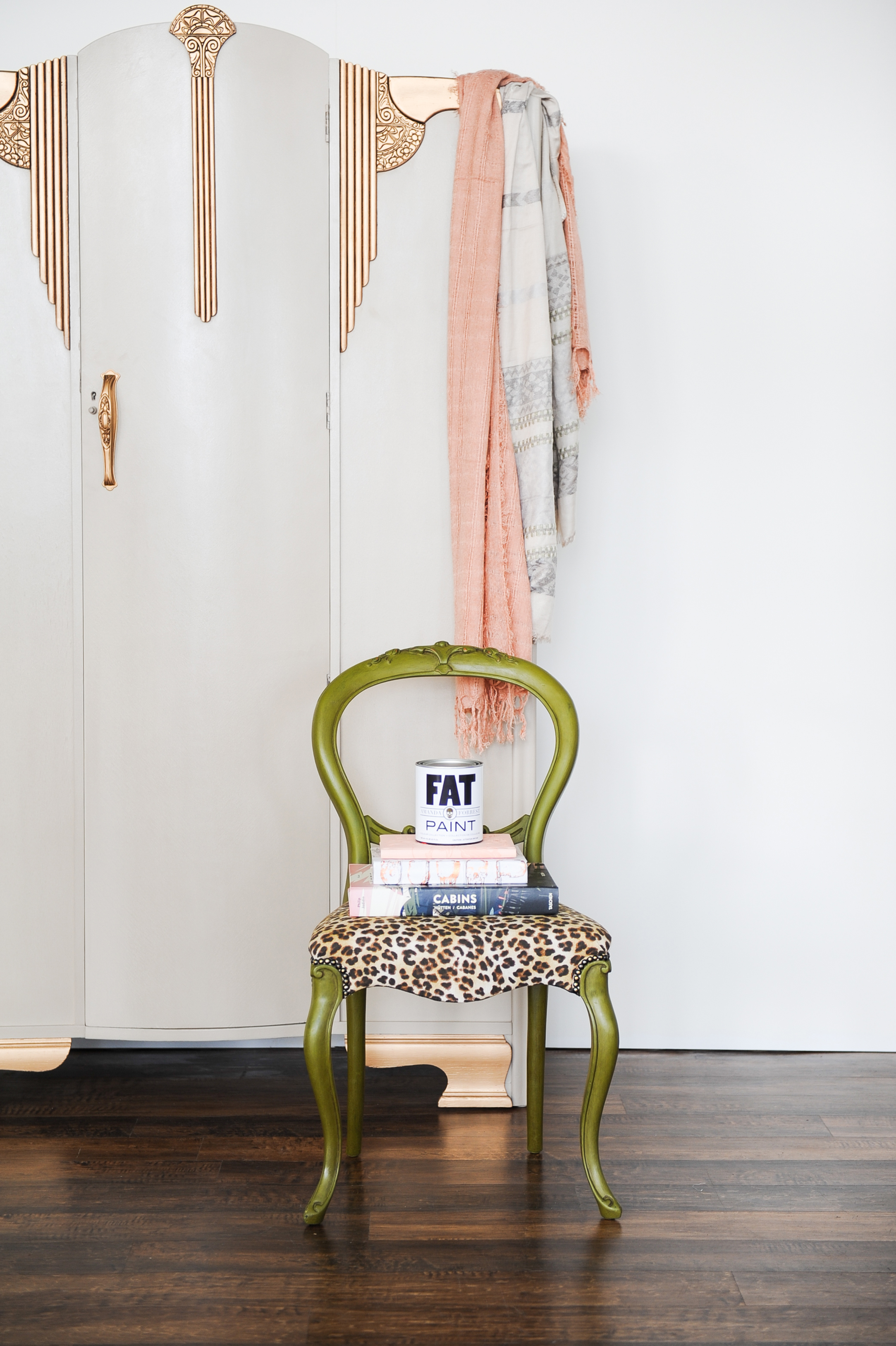
FAT Paint 101: Back to Basics
We’ve been saying it for years, but it’s worth repeating: FAT Paint is super easy to use. And we’re not just saying that because we’re the ones who make the product; we’re saying it because it’s true! You can transform an old, dated piece of furniture from drab to fab in just a couple of hours. Wanna learn how? Well, follow along for an easy FAT Paint tutorial.
We get emails all the time from people who have never used our products before, FAT-tastically surprised at how just awesome their first FAT Paint experience was. Some are long-time DIYers who have previously used a wide range of paints, but many are first-timers who have never picked up a brush before. Those are our favourite kind of customers. We love how just one afternoon playing with FAT Paint opens up a whole new world of possibilities for them.
With those kind of DIYers in mind, we wanted to bring things back to the basics. This blog post will focus on the five easy steps to FAT Paint’g furniture, jars, frames—just about anything, really—turning them into enviable works of upcycled art.
What is FAT Paint?
FAT Paint is a latex-based paint “FAT’n” up with a little bit of chalk. Hence the clever name.
It has great adhesion. It easily affixes to most porous surfaces, such as wood, glass, metal, plastic and fabric. FAT Paint is naturally smooth and creamy; it covers most projects with just a couple of coats. It’s also low-VOC, so it dries quickly, leaving you more time to get creative with your finishes.
Because of it’s smooth, buttery texture, FAT Paint is really easy to sand, which makes it perfect for making those shabby-chic finishes. But, you don’t have to distress FAT Paint’d furniture if you don’t want to. Some people prefer a sleek, modern finish, which FAT Paint happily provides. Whichever way you go, the surface will be beautiful, silky and soft-to-the-touch.
Step 1: Prepping the Surface
Regardless of how easy FAT Paint is to use, there is always a little bit of prep that needs to be completed before you get started. It can be as little as a good clean, to as much as stripping old paint. It all depends on the substrate and what is required to a) ensure bond, b) prevent bleeding and/or c) create the kind of surface needed for the look you want to achieve. We’ll get into more detail about that in a separate blog post, with some techniques and solutions.
With that said, FAT Paint will adhere perfectly, without sanding or a primer, to most surfaces about 90% of the time. So, let’s get started!
The first step is the “Once Over” clean. Give every piece you’re about to paint a good scrub with a sanding sponge: all sides, corner to corner, over, under and in-between. This scratches up the surface, allowing it to absorb the paint.
Wipe off all excess dust, dirt or grime with warm water and dish soap or a homemade vinegar wash. If the surface is particularly yucky, a heavy duty paint-prep cleaner may be required. Make sure to finish off this step with a good water-wipe to remove anything that may be left behind.
Step 2: Feeling Unsure? Do a Test Patch
As we mentioned, some surfaces may need a little extra care and prep. If you are unsure FAT Paint will stick to the surface you’re about to paint, do a test patch first.
Apply FAT Paint to a discrete area, let it dry then scratch it with your fingernail. If the paint peels, you’ll need to give the piece a heavy sand and/or apply a quality adhesion primer.
Step 3: Roll up your sleeves and FAT’n it UP!
Once the piece is free of all dirt, dust and debris, you’re ready to get FAT! Grab a good quality brush or low-nap velour roller and apply away, layer by layer. We recommend ditching the foam roller—it’s not our favourite.
Let the paint dry thoroughly between coats, approximately 20-30 minutes. You can always wait longer, but because FAT Paint has low VOCs, it dries quickly so you can get through several pieces in a short amount of time.
Most projects will cover seamlessly with just two coats of FAT Paint, but some surfaces may require one or two more coats. That really depends on what kind of finish you’re looking to achieve—whether you want to reveal the wood underneath or create an ultra modern, sleek look. You be the judge.
Step 4: Sanding and Distressing
Now the fun part. It’s time to get creative. Regardless of the finish look, you’ll need to give all FAT Paint’d surfaces a once-over with the sanding sponge or medium/fine grit sandpaper.
As you sand, you’ll notice the bright finish of the paint turning chalky. Not to worry: that’s exactly what’s supposed to happen! The goal is to create a smooth-to-the-touch finish. If you’re looking to distress your piece, give it a little more bicep. Pay extra attention to corners, details or areas that naturally would have more wear n’ tear rather than distressing purely for distressing sake.
Once you’ve achieved the look you’re looking for, dust all surfaces with a tack cloth. You don’t want to leave any paint residue behind.
Step 5: Sealing the Surface
Now that all the work is done, you want to make sure that your craftsmanship lasts. You have two choices when it comes to sealing the surface: FAT Wax or CLEAR Top Coat.
FAT Wax
Made from beeswax and a hint of carnauba wax, FAT Wax easily absorbs into any porous surface area, leaving behind a lustrous museum-quality polish with lasting durability. Our three shades—Natural, Patina and White—allow artisans to create a wide variety of finishes: from authentic, all-natural looks to antiqued, aged or sea-salted effects.
When using FAT Wax, use a lint-free cloth or wax applicator brush to push the sealant onto your masterpiece. Remember: a little goes a long way. Apply FAT Wax in thin layers to avoid tacky surfaces and work in sections. Rub it in like hand lotion, in small circles for best results. After five minutes, give the piece a good buff. Now, be patient! Wait at least 6 hours for the FAT Wax to cure, then buff it again for good measure.
CLEAR Top Coat
For table tops and other surfaces that will get a lot of use, we recommend using our CLEAR Top Coat. This water-based sealant goes on clear and stays clear, providing a pearl sheen guaranteed not to yellow over time. The sheen beautifully emulates the traditional look of a waxed, chalk-style painted surface: not too shiny and not too flat.
DO NOT shake the can before applying; mix well with stick to avoid bubbles in finish. Like FAT Paint, you want to apply CLEAR Top Coat with good quality synthetic brush, low-nap velour roller or flat applicator. Use 2–3 coats for superior protection, allowing it to dry thoroughly between coats. You can sand the surface lightly with fine grit 200-400 sandpaper between coats, if you choose. Make sure to allow your piece to cure well before leaving heavy objects on surface.
And that’s it! Viola! You now have a beautifully unique piece that will add colour and delight to any room in your house.
Drop us a line
You must be logged in to post a comment.
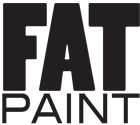
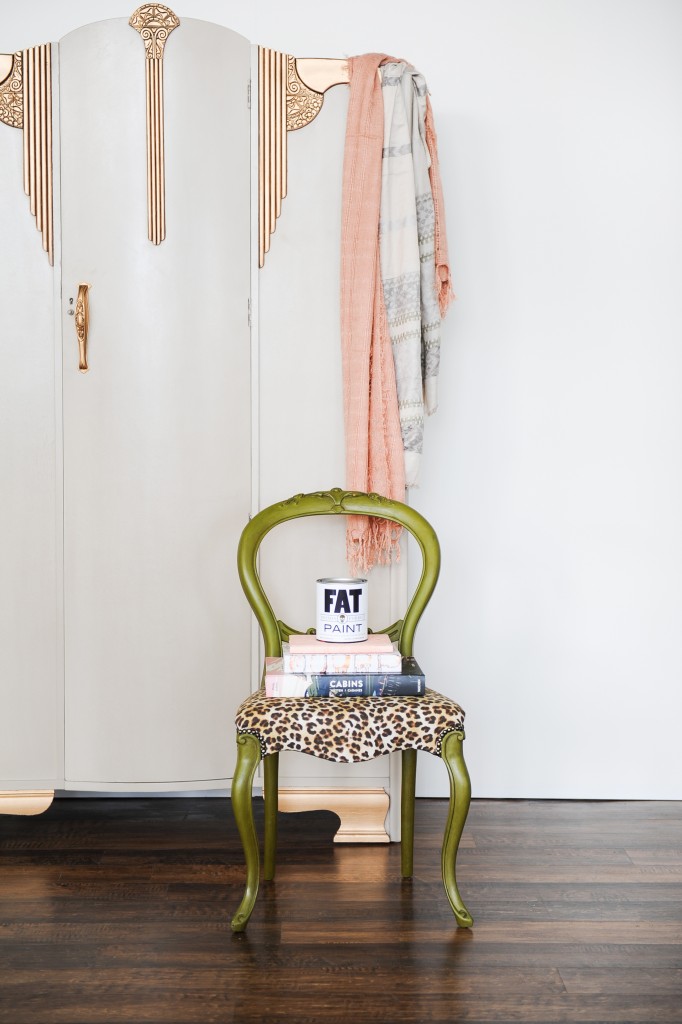

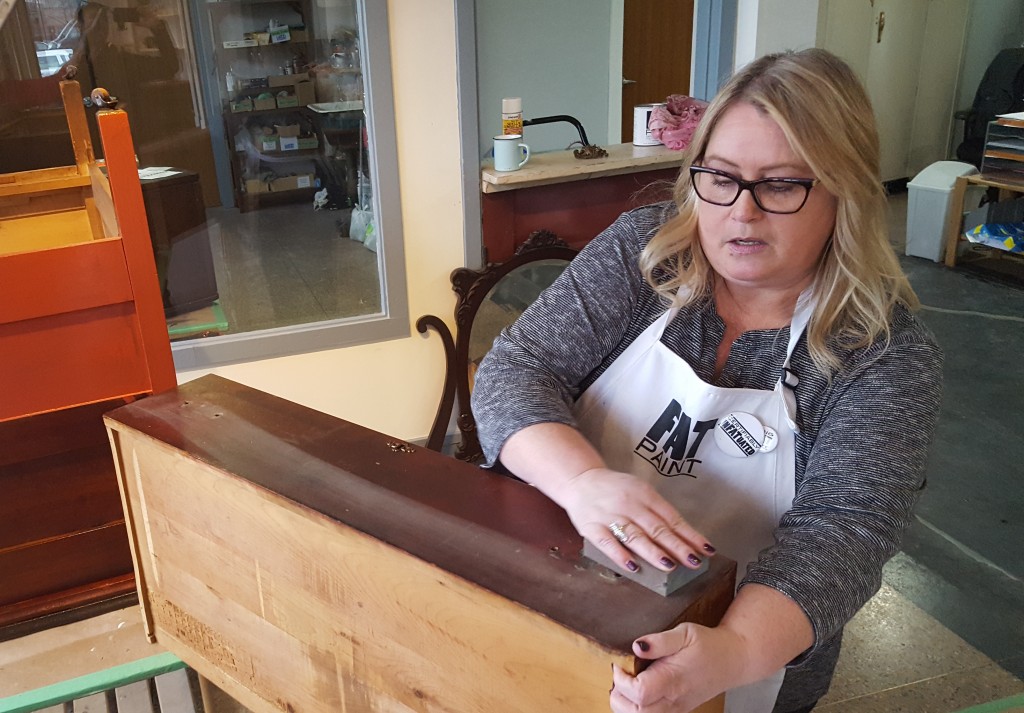
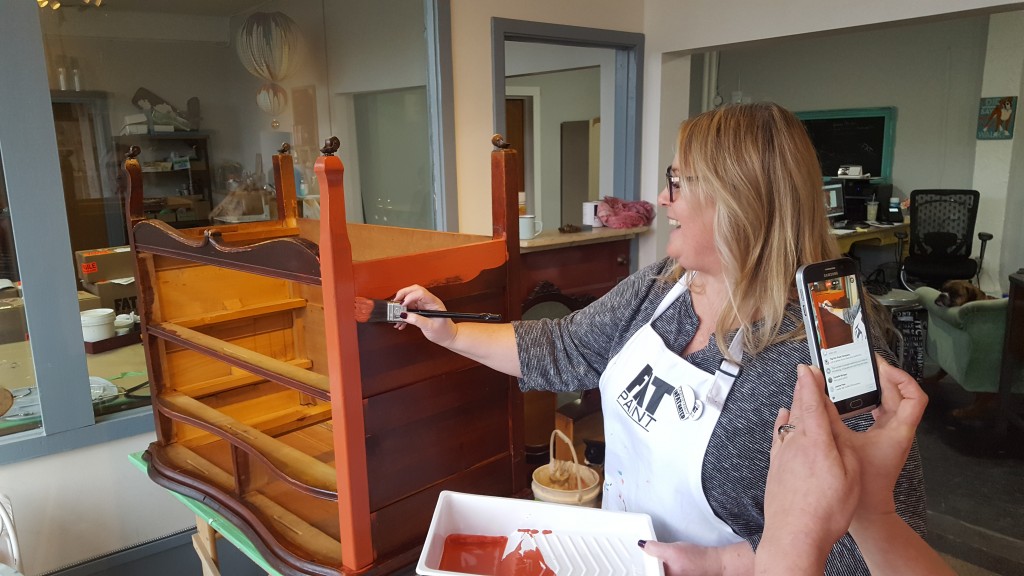
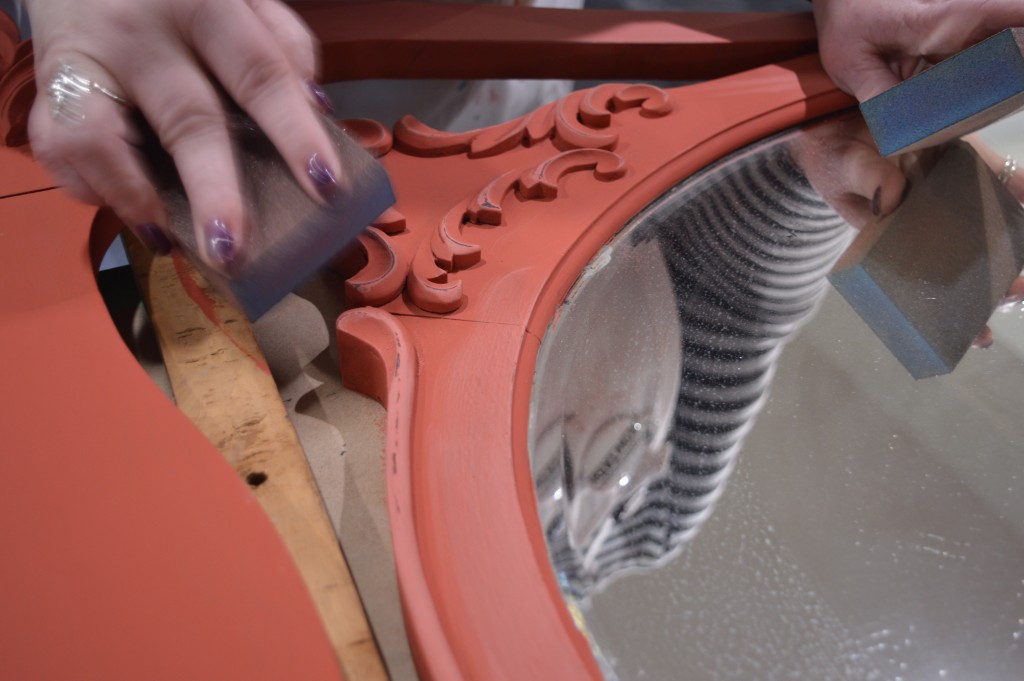
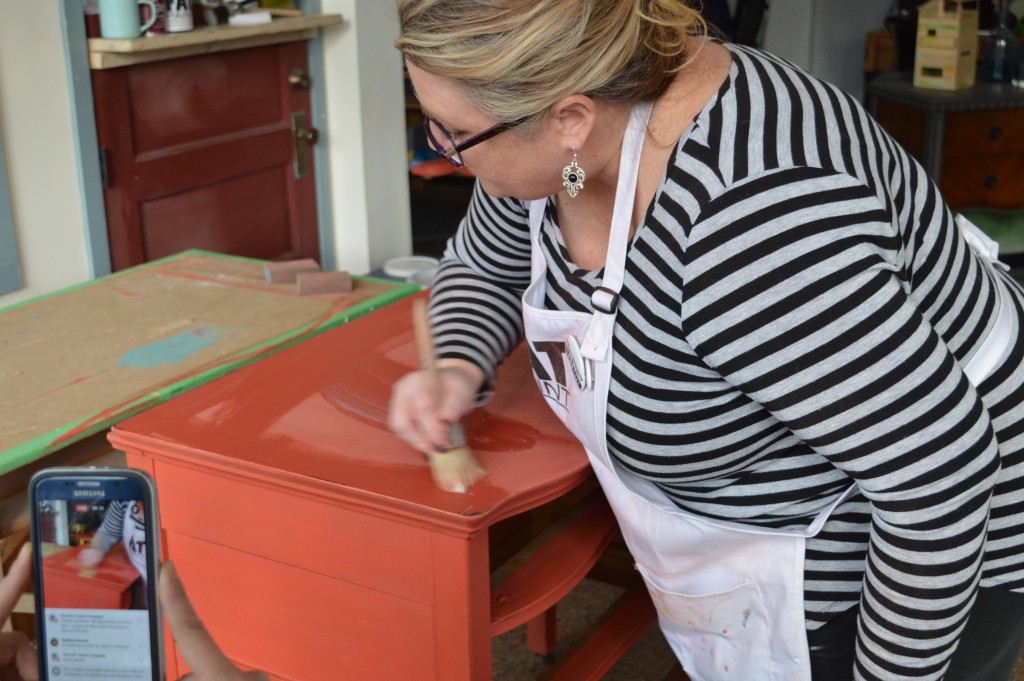
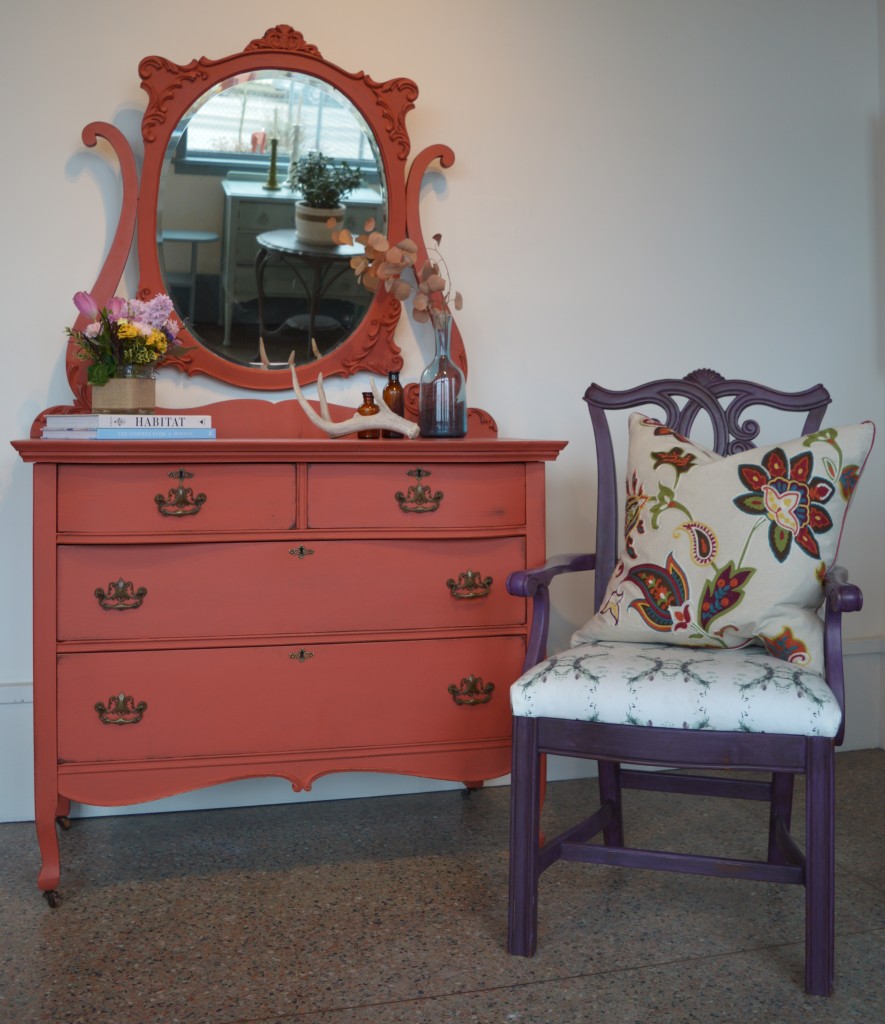
Post Comments 0